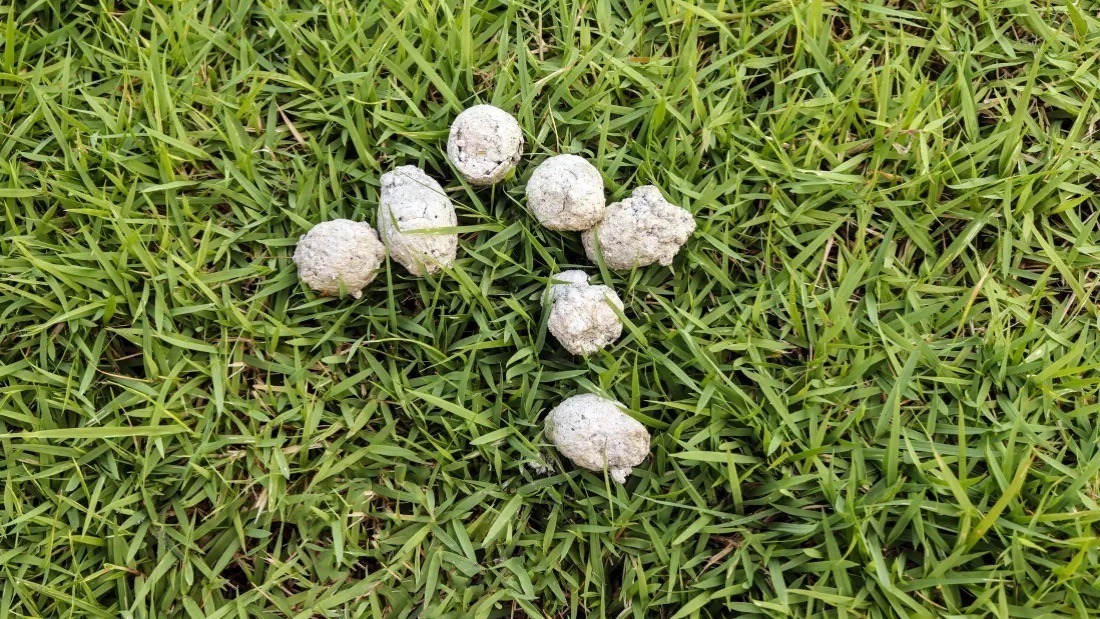Understanding White Dog Poo: The Role of High Bone Content in Canine Diet
Introduction: As pet owners, we’re often attentive to the colour and consistency of our dog’s faeces as a potential indicator of their health. While variations in colour are common, one phenomenon that may cause concern is the appearance of white or chalky faeces. In this blog, we’ll explore the reasons behind white dog poo, specifically focusing on the role of high bone content in a canine diet.
Understanding Bone Content in Dog Food: Bone content is a crucial component of many canine diets, particularly those following a raw or homemade feeding regime. Bones provide essential minerals such as calcium and phosphorus, contribute to dental health, and offer mental stimulation for dogs. However, excessive bone consumption can lead to changes in stool colour and texture, including the appearance of white poo.
How High Bone Content Causes White Poop: When dogs consume a diet with a high bone content, such as raw meaty bones or bone meal, their digestive system may struggle to break down and digest the excess bone material efficiently. As a result, undigested bone fragments may pass through the gastrointestinal tract and be excreted in the faeces. These undigested bone fragments can give the stool a whitish or chalky appearance.
Potential Concerns with High Bone Content: While occasional white faeces due to high bone content may not be a cause for alarm, excessive consumption of bones can pose risks to dogs’ health. Excessive bone intake can lead to gastrointestinal issues such as constipation, impaction, or obstruction, especially in dogs prone to digestive sensitivities or those who gulp their food without chewing properly. Additionally, the sharp edges of bone fragments can cause injury to the digestive tract, leading to discomfort or even perforation in severe cases.
Managing Bone Content in Your Dog’s Diet: To prevent issues related to excessive bone content in your dog’s diet, it’s essential to practice moderation and balance. Here are some tips to manage bone content effectively:
- Moderation: Offer bones as a supplemental treat rather than a primary source of nutrition. Limit the amount of bone in your dog’s diet to prevent overconsumption and maintain a balanced nutrient profile.
- Variety: Incorporate a variety of protein sources and bone types into your dog’s diet to ensure nutritional balance and prevent excessive bone intake from a single source.
- Supervision: When feeding bones, supervise your dog closely to ensure they chew them thoroughly and safely. Avoid giving cooked bones, which can splinter and cause injury, and choose appropriate-sized bones for your dog’s breed and chewing habits.
White dog poo due to high bone content is often a result of excessive bone consumption in a diet. While occasional white faeces may not be cause for concern, it’s essential to monitor your dog’s bone intake and practice moderation to prevent digestive issues and maintain their overall health and well-being. By offering bones as a supplemental treat in moderation and ensuring a balanced diet, you can help your furry friend enjoy the benefits of bone content while minimising the risks associated with excessive consumption. Here’s to happy and healthy digestion for our canine companions!
